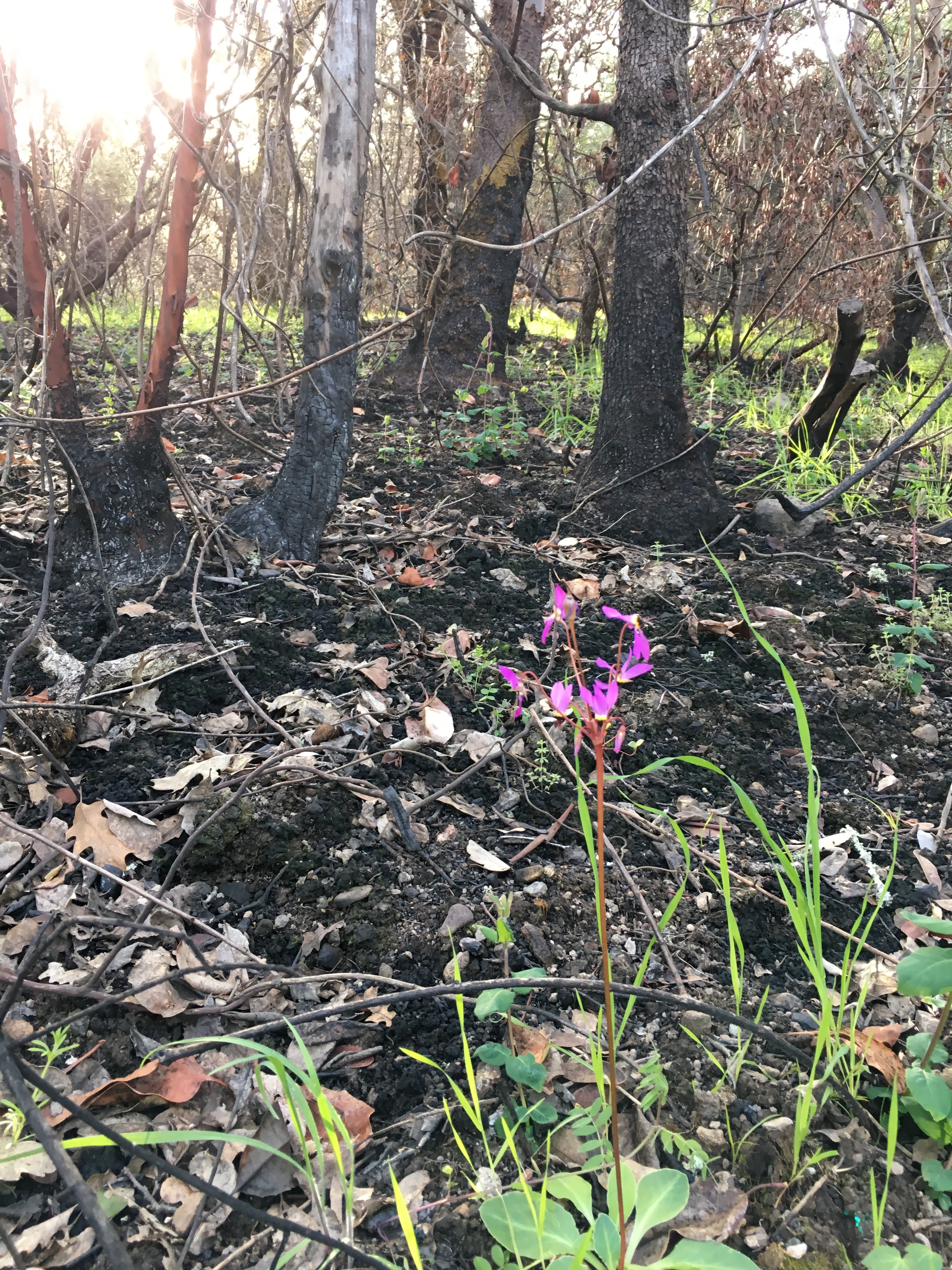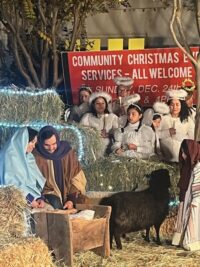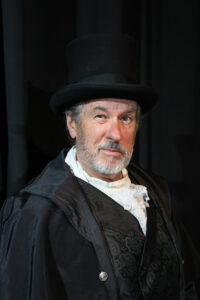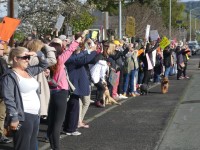I’d like to share the words of some of our community members in the First District who were impacted by the 2017 wildfires. Some of us have moved into our new homes, others are still rebuilding; from reading each other’s stories, it is evident that everyone’s journey is its own unique blend of emotions, obstacles, and breakthroughs.
Fire survivors in Sonoma County have devoted countless hours not only to their own recovery but to that of their neighbors, their communities – as Block Captains, members of Fire Safe Councils and COPE groups, and more – and to fire impacted areas across the state and country.
If you lost a home, know that the journey ahead is long and trying, whether you decide to rebuild or sell your lot. I know it well, I am still walking that path. And I am here for you.
Thank you to Pete Parkinson, Lynn Garric, Lisa Yoshida, and Arthur Dawson for sharing your thoughtful, heartbreaking, and hopeful words.
Pete Parkinson, Bennett Ridge
On the night of October 8, 2017 our home was destroyed and our once beautiful, peaceful Bennett Valley neighborhood lay in ruins. Some of our neighbors made harrowing escapes and a man who lived across the street perished in his home. Returning a few days later we all tried to comprehend the devastation and wondered, where do we go from here? How do we come back from this?
We did what people are often so good at. We came together. We organized. We strategized. We helped one another. We set up systems to communicate and share information. Slowly, so slowly, the task that seemed impossible began to become more manageable and we could start to see that something resembling recovery could actually happen.
Five years later our neighborhood is transformed in so many ways. Some changes are obvious. About fifty new homes have been completed, many of them beautifully designed to fit in with our still-gorgeous landscape. The landscape itself has changed; not only are the burned trees mostly gone, but our neighborhood established a “Fire Protection Organization” that has received grants to complete projects that have reduced future fire hazards along our roads and near homes. Our worn-out roads were re-paved this summer. Anyone not familiar with our neighborhood before the fire would drive through and see little evidence of the utter devastation that we faced right after the fire.
But those of us who lived here before the fire still notice the charred fence posts, the melted newspaper tubes and, most of all, the several dozen empty lots that once held homes, families and memories. Five years later, about a third of the properties that burned have not started rebuilding, and that feels like a lot. Some of it is economic; the cost to rebuild is stratospheric. But some is emotional, the lift is too heavy. And there are some signs that still smack you right in the face, like the dead matchstick forest in the state park next door. And many of our neighbors themselves have changed with lots of new faces and new perspectives. People still want to live in this beautiful place.
For my family, in a few weeks we will celebrate three years since we returned to our rebuilt home. Even though we are constantly reminded of the risk of fire in our rural “wildland” landscape, we feel safer today than we did five years ago. Our home is designed with fire (and earthquake) safety as a high priority, and we are working as a neighborhood to manage and reduce the fire hazard to our landscape. But we are so happy to be home. We are happy to be with our neighbors, old and new. We are happy to once again be in this beautiful and peaceful place. Home.
Lynn Garric, Alpine Rd
Five years ago I felt devastated by the Tubbs Fire. I lost my home of 30 years, the cottage that I rented to a friend, and the 60 foot bridge that was the only access to my property. I could accept that those structures were lost, but seeing the burned forest was especially hard.
For 15 months we crossed the creek on foot or entered through a neighbor’s property in order to do cleanup and remove dead trees. The infrastructure (well, pumps, wiring) were difficult because of the lack of access, but the bridge was the real challenge.
Updated codes required that I obtain permits from 5 agencies, construct new abutments outside the creek bed, and build an 80’ bridge that spanned the creek. This is when I defined my first 3- Ps: patience, perseverance and politeness. I learned to be grateful for the support of so many individuals, companies and agencies, not to mention friends and family. The bridge was completed in December 2018, and we celebrated with a bridge party.
The next year was devoted to rebuilding the house while the Sonoma Resource Conservation District helped with the forest restoration and road work that reduced silt going into Mark West Creek.
My friend (and former tenant) and I moved back into our new shared-house just before Christmas 2019. I remember sharing this high-point via zoom with the other Road-Captains from District One. We were in various stages of decision making, moving and rebuilding, but we had formed a common bond that strengthened us all.
Starting in 2020 I realized that a fourth “P” was necessary to sustain me on this journey: Passion. It’s passion for my land and my community that keeps me happy as I continue to do tree cutting and brush removal. It’s passion that enables me to have a vision of what I want to do with this property for the future.
I’ve become the Chair of our Fire Safe Council, and I’m much closer to my neighbors who survived the Tubbs Fire and my other neighbors who suffered in the Glass Fire. Those experiences have given me the fifth P: Purpose.
I believe that both my land and I are healthier since Mother Nature started “cleaning” my forest on October 8, 2017. I know I’m among the very lucky, and for all of this I’m very grateful.
Lisa Yoshida, The Foothills
It is so hard to put into words what the 5 year mark means to me and my family. We are still rebuilding. We have been through the ringer with insurance and the PG&E bankruptcy claims process. We have had to learn (and have grown to love again) our post-wildfire property. All of us have lost so much, even those who did not suffer the loss of their home in the wildfires. Hopefully from these experiences we can make our community safer so that others will not have to go through all of the same challenges that we did. Although I hope we do not suffer any more wildfires, I think we have all learned by now that it can happen to you. We must as a community become more resilient, be more creative and bolder to deal with these very real climate change risks. That is what I hope for on the 5th anniversary.
Arthur Dawson, Glen Ellen
The front door closes and never opens again.
In the kitchen, aluminum puddles at 1200 degrees
and pyrex turns to silly putty at 1500.
Paper ignites at Fahrenheit 452 and has no chance.
An old book of student poems, “Fire in Me,”
lives up to its name
and is instantly reduced to white ash
and made meaningless.
It has been a year filled with the rounded stones of emptiness,
the mind wearing itself down on what is no longer.
Rocks in the park, gathered inside the wooden fence of time,
named for those who didn’t make it.
The year turns back to what was and what is no longer.
A full year of catastrophe embraced.
Good luck and bad mixing
until they are indistinguishable:
“We were lucky—found out right away our home was gone—
never worried about looters.”
“Our son is at college on the ‘Burn Scholarship,’
funded by an insurance category called ‘Loss of Use.’”
But some losses are not lost—
sometimes they return from the corners.
And new colors can appear out of nowhere—
as out of place as tidepools among the grey ash.
Pink and orange fungus splotches the scorched ground,
like wildflowers dissolved onto the blackened earth,
reduced to eating what is left—the charcoal of memory
digested in the cool calm of the first rain.
Arthur Dawson’s poetry has been published in “Freedom of New Beginnings: Poems of Witness and Vision from Sonoma County, California” edited by Phyllis Meshulam.
See related works from painters and sculptors






Be First to Comment